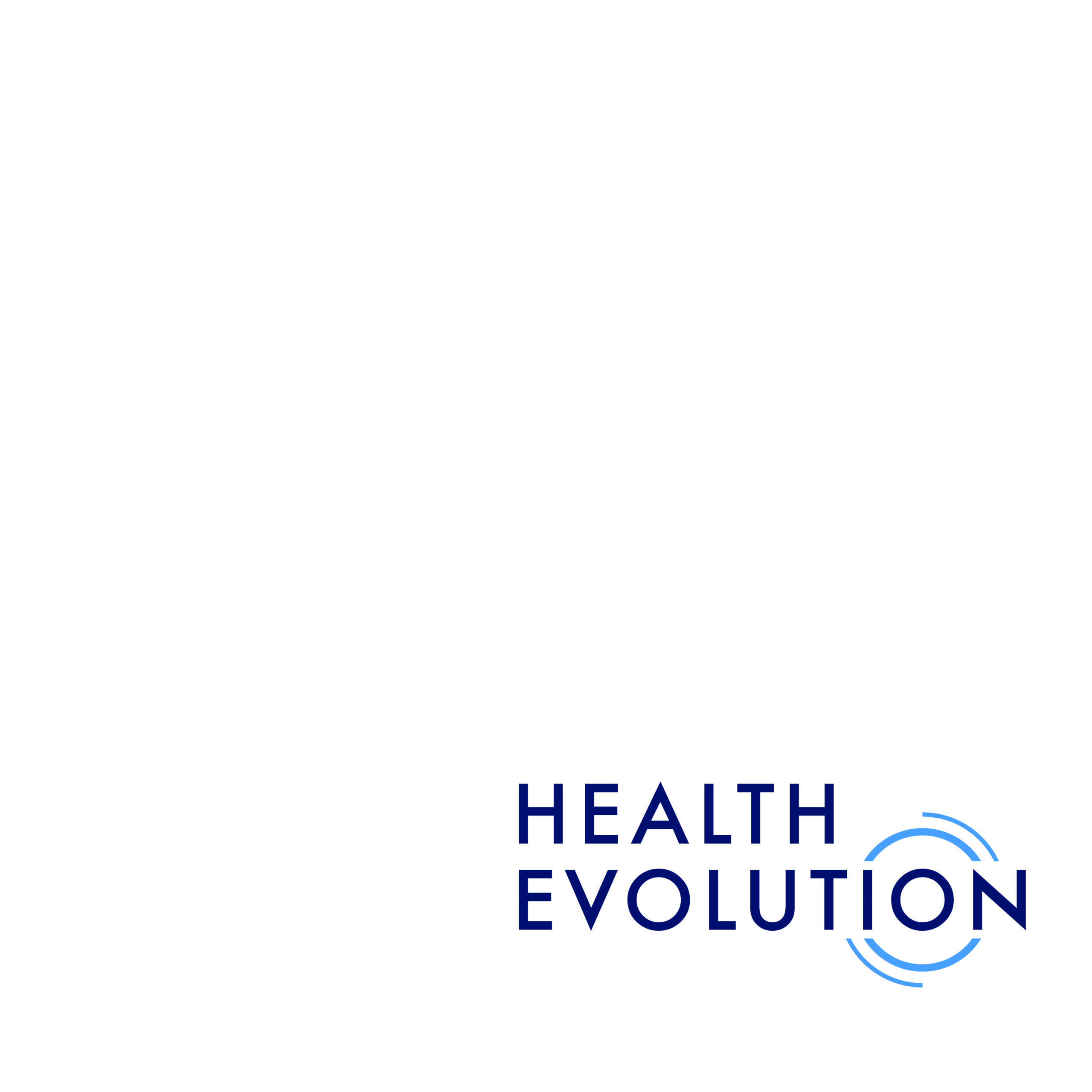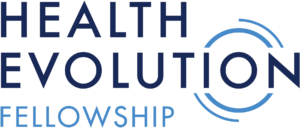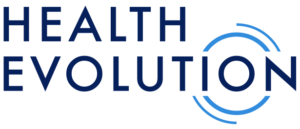Health Evolution and our community of influential cross-industry leaders are committed to making the U.S. health care system more effective and equitable. With that commitment in mind, Fellows in Health Evolution’s Roundtable on Innovations in Mental and Behavioral Health and organizations participating in Health Evolution’s Health Equity Pledge, which is led and supported by our Roundtable on Data-Driven Health Equity Strategies, late last year participated in surveys intended to better inform how we define and measure quality care for mental and behavioral health and determine approaches to address inequities.
Health Evolution is proud to announce that, on behalf of our community, we’ve submitted our analysis of these survey results and accompanying recommendations to the National Institutes of Health (NIH) in a formal response to the agency’s Request for Information (RFI) on innovative approaches to prevent mental health problems and promote mental wellness in populations that experience health disparities. We are confident our analysis can inform NIH’s specific call for information regarding opportunities for local, state, or tribal governmental or service provider organizations to conduct prospective evaluations of policies designed to prevent mental health problems in populations that experience health disparities.
The Health Evolution community also is eager to share our analysis with our peers across the health care industry. We hope these results will give health care organizations insight into where they can begin measuring outcomes and identifying disparities in mental and behavioral health care, as well as areas for opportunities to collaborate and address barriers to furthering these efforts.
Survey details
In late 2022, Health Evolution conducted two surveys to inform our community’s efforts to address inequities and improve quality of care:
- 14 leaders from payer, provider, life sciences, government, value-based management, and software entities responded to a survey conducted by Health Evolution’s Roundtable on Innovations in Mental and Behavioral Health that assessed how organizations were measuring outcomes for mental and behavioral health at the time of the survey and how those measurements compared with metrics the organizations ideally wanted to track; and
- 19 organizations participating in Health Evolution’s Health Equity Pledge—which is led and supported by the Roundtable on Data-Driven Health Equity Strategies and includes health plans, health systems, life sciences, technology, and other health care organizations—responded to a separate survey assessing whether organizations were collecting race, ethnicity, language, and sex (REaLS) and sexual orientation/gender identity (SO/GI) data from patients/members and stratifying those data across top-priority quality and access measures related to mental and behavioral health.
Results and recommendations from our survey on measuring outcomes for mental and behavioral health
In our survey assessing how organizations are measuring outcomes for mental and behavioral health, we asked participants to report the top three outcome measures their organizations were tracking at the time of the survey. Most respondents reported tracking measures related to symptom severity and recovery, including:
- PHQ-9 (depression screening) – measured baseline & ongoing (every 3 weeks to monthly);
- Depression remission;
- GAD-7 (anxiety screening) – measured baseline & ongoing (every 3 weeks to monthly);
- EDEQs (Eating Disorder Symptoms and Behaviors) – measured ongoing (monthly);
- C-SSRS (Suicide Severity Rating Scale) – measured ongoing;
- PSS-10 (perceived stress scale) – measured baseline & ongoing (every 3 weeks); and
- NC Treatment Outcomes and Program Performance System (NC-TOPPS) – measured ongoing (annually).
However, when we asked participants to report the top three outcome measures they wish their organizations were tracking, most respondents reported that their organizations would like to track measures related to functioning and quality of life, including:
- ReQOL20 (Recovering Quality of Life Questionnaire);
- Improvement in quality of life/functional status;
- Maintaining meaningful employment (tied to mental health symptoms);
- Maintaining housing (tied to mental health symptoms);
- Decreased utilization of disability and return to work;
- HRSN (Health Related Social Needs) movement.
The responses uncovered a disconnect between the types of measures organizations are tracking and the types of measure they wanted to be tracking. The results suggest there are fewer barriers to implementing and tracking symptom severity and recovery measures than functioning and quality of life measures, but that functioning and quality of life measures for mental and behavioral health may be more valuable to track for patients, providers, payers, and other types of health care organizations.
We also asked respondents which of six common barriers were the primary barriers keeping their organizations from measuring the outcomes they wanted to be, but were not, measuring. According to the results, the top barriers were:
- Insufficient access to data outside of the health care sector: desired data elements reside with external agencies, such as criminal justice, education, and social service organizations;
- Administrative burden: desired data elements could be collected, but my organization does not have the resources to do so;
- Feasibility: for another reason (besides administrative burden, infrastructure, or access to data outside of the health care sector), the data elements are not feasible to collect; and
- Lack of incentives: there are insufficient financial incentives for my organization to measure these outcomes and are not a priority for my organization.
While the findings from this survey are not specific to populations that experience health disparities, it is telling that our respondents considered functioning and quality of life to be high-priority outcomes to measure for mental and behavioral health. Many of those measures overlap with social determinants that can contribute to health disparities, such as maintaining housing and return to workforce measures. Some of the functioning and quality of life metrics that organizations wish to track could be used at both the individual and population-level to identify disparity drivers and measure outcomes, impact, or value of efforts put in place to address inequities.
To increase uptake of these desired measures, government and service provider entities could further evaluate the barriers that respondents said prevent their organizations from implementing those measures and consider policy changes and initiatives to reduce those impediments.
Results and recommendations from our survey assessing collection and stratification of REaLS and SO/GI data
In our survey assessing whether organizations are collecting REaLS and SO/GI data from patients/members and stratifying those data across top-priority quality and access measures, we found that 13 of 19 respondents said they were directly collecting REaLS data from patients/members and stratifying those data across measures.
Of those 13 respondents, nine answered survey questions related to data collection, stratification, and intervention efforts related to mental and behavioral health disparities. Across those nine respondents, five of the top mental and behavioral health measures for which organizations were stratifying by one or more REaLS data elements were:
- Inpatient utilization of mental health treatment or services (44% of respondents stratifying);
- Outpatient utilization of mental health treatment or services (44% of respondents stratifying);
- Amount of time to receive mental health services after initial request (33% of respondents stratifying);
- Screening for depression (22% of respondents stratifying); and
- Follow-up plan for depression (22% of respondents stratifying).
These levels of stratification indicate there is an opportunity to increase measurement and identification of which mental and behavioral health disparities may be occurring across race, ethnicity, language, and sex.
That opportunity is even greater when stratifying by sexual orientation and gender identity, our survey results suggest. According to our survey, the top five mental and behavioral health measures for which respondents’ organizations were stratifying by one or more SO/GI data elements were:
- Inpatient utilization of mental health treatment or services (11% of respondents stratifying);
- Outpatient utilization of mental health treatment or services (11% of respondents stratifying);
- Amount of time to receive mental health services after initial request (11% of respondents stratifying);
- Screening for depression (11% of respondents stratifying); and
- Follow-up plan for depression (11% of respondents stratifying).
By increasing REaLS and SO/GI stratification across mental and behavioral health measures, organizations can take a data-driven approach in identifying which patient or member populations are experiencing disparities and develop strategic interventions. Health care organizations should develop supporting tools and evidence-based methods to increase both collection and stratification of REaLS and SO/GI data. Patient or member health-related social needs data also should be incorporated into these efforts to provide a more complete understanding of potential inequities to address. To increase both collection and stratification of these types of data, government and service provider entities could evaluate the barriers to collecting and stratifying these types of data and consider policy changes and initiatives to reduce those impediments.
Our survey also identified that organizations use a range of mental and behavioral health definitions and provide care in diverse settings. For example, there was variety in respondents’ submissions for how their organizations define mental and behavioral health. Those definitions included differing terms such as psychological, physical, social, and emotional well-being, and were derived from a range of entities, including ICD-10, the Substance Abuse and Mental Health Services Administration, the American Medical Association, and the World Health Organization. Given the variation in submitted definitions, there is opportunity to evaluate how organizations define mental and behavioral health and develop a shared cross-sector definition to ensure policies and efforts aimed at addressing mental and behavioral health disparities are used and targeted appropriately.
Further, our survey results indicated that mental and behavioral health care is provided in diverse settings, including primary care settings, emergency departments, and school-based health centers. Gold standard (i.e., voluntary self-reported) demographic data collection methods across these points of care is critical to identify disparities. There is opportunity to explore the levels of collection occurring across these care delivery settings and whether gold-standard methods are being used by clinicians and staff, with the potential to provide education and resources to improve collection efforts. From a regulatory standpoint, harmonizing data standards across organizations and sectors participating in these efforts would contribute to more seamless data exchange and improve coordination in addressing inequities.
Thank you to our Health Evolution community and partners
Health Evolution would like to thank members of our Roundtable on Innovations in Mental and Behavioral Health, our Roundtable on Data-Driven Health Equity Strategies, and our Health Equity Pledge supporters for contributing to this initiative.
Health Evolution also would like to thank the following organizations for their partnership in supporting this work: AmeriHealthCaritas, Amwell, Calm, Change Healthcare, MetaCX, and PeeqHealth.

![]()




Health Evolution’s Lesley Bristol and Adrienne Knowlton led the research and analyses that served as the basis for this response.










